$60bn blown on the ASX as technology sector short-circuits
While technology was by far the weakest sector in the local market, the healthcare and consumer staples sectors also underperformed.
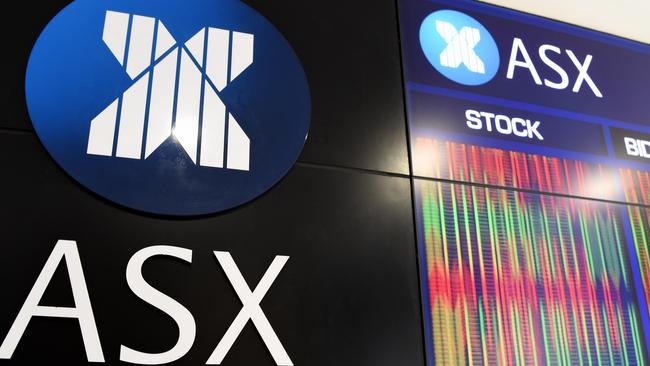
Investors wiped almost $60bn off the Australian sharemarket after Wall Street dropped from record highs, amid sharp falls in the technology giants that have led the fastest US bull market on record.
In cautious trading before the release of non-farm payrolls data and a long weekend in the US, the Australian sharemarket had its worst day in four months and the Aussie dollar hit a six-day low.
However, there was some reprieve after US futures turned positive on Friday night and markets in London and Europe opened cautiously higher.
The benchmark S&P/ASX 200 share index fell 187.1 points, or 3.1 per cent, to 5925.5 points. It was the lowest daily close for the sharemarket in just over two months.
WiseTech dived 7.3 per cent, Appen tumbled 7.1 per cent, Next DC lost 6.8 per cent and Afterpay fell 6.7 per cent on Friday. The losses came after the Nasdaq 100 index fell 5.2 per cent — its biggest fall since June — with Apple down 8 per cent, Tesla down 9 per cent, Nvidia down 9.3 per cent and Microsoft down 6.2 per cent.
While technology was by far the weakest sector in the local market, the healthcare and consumer staples sectors also underperformed, with CSL down 4.1 per cent and Woolworths losing 3.9 per cent.
BHP dived 3.8 per cent and Wesfarmers fell 3.7 per cent, while three of the major banks and Macquarie lost about 3 per cent after the S&P 500 Index fell 3.5 per cent, in its biggest fall since June.
At the same time, the VIX volatility index jumped seven percentage points to a two-month high of 33.6 per cent.
The Australian sharemarket was the weakest in the Asia-Pacific region on Friday.
China’s Shanghai Composite fell 1.2 per cent, Japan’s Nikkei 225 fell 1.1 per cent, South Korea’s KOSPI lost 1.1 per cent, the Hang Seng index lost 1.5 per cent and Taiwan’s TAIEX fell 0.9 per cent.
The dollar hit a six-day low of US72.51c after reaching a two-year high of US74.14c on Tuesday — at which point it had risen 35 per cent from a 17½-year low of US55.05c in March. Bond yields also fell sharply, with Australia’s benchmark 10-year yield down 0.19 basis points to 0.89 per cent after a similarly slight fall in US 10-year Treasury yields on safe-haven demand.
After a huge rise in risk assets and fall in volatility since March — when central banks and governments launched unprecedented monetary and fiscal stimulus to prevent a meltdown in financial markets and limit economic fallout from lockdowns used to fight the coronavirus pandemic — analysts said a US sharemarket correction could ensue before the US presidential election in November.
“Market corrections are to be expected. A market fuelled by central bank largesse, economic surprises and record earnings beats in the last few months was never going to maintain its heady pace forever,” said Kerry Craig, global market strategist at JPMorgan Asset Management.
“When it comes to the tech sector and the other online giants that have gained so much in the last few months, there could be profit-taking as we head towards the presidential election.
“Negative headlines on potential regulatory and tax changes are likely to add to investor unease in a market with elevated valuations.”
But Mr Craig said he did not expect a repeat of the “tech wreck” that followed the late 1990s bubble, given how much the market and sector had changed.
“While tech sector valuations are elevated, we are also mindful of the earnings and revenue potential in the coming years from areas like cloud computing and artificial intelligence, as well as how many of these companies will benefit from the shifts in corporate attitudes towards physical workplaces,” Mr Craig said.
But while vaccine developments might tempt investors to buy more cyclical sectors of the sharemarket, the second wave of the coronavirus in Europe showed that until a vaccine was widely available, economic growth would be susceptible to measures aimed at slowing the spread of the virus, Mr Craig cautioned.
“Governments’ willingness to continue to support household incomes and businesses until a vaccine is readily available or until the virus is brought under control will be key to the outlook from here,” he said.
Others said Thursday’s US equities sell-off was driven more by market positioning than events. “Everybody knew it was a just matter of time before a pullback after nine out of 10 cheerful and lively S&P 500 sessions,” AxiCorp chief global markets strategist Stephen Innes said.
“It would appear this is an equity-specific move, and within that, one suspects a single-name activity. Much of the sell-off is concentrated in tech names, which, as well as rising a lot in recent weeks, have been popular among retail investors.
“A lot of that investment occurs via short-dated calls, which creates enormous gamma exposure for the dealers. As volatility picks up, it can create more aggressive negative convexity.”
While Mr Innes said it was debatable whether a “retail meltdown” that caused an 8 per cent fall in a $US2 trillion ($2.75 trillion) stock like Apple could be described as a “healthy pullback”, it would remove some “short-term speculator froth” at a time when the US Federal Reserve still had a bias to lend support.
Chicago Fed president Charles Evans said on Thursday that a US economic recovery would “critically depend on receiving substantial additional support from fiscal policy” and “it will be some time before the economy recovers from the hit it took”.
“Forward guidance for the rate path and asset purchases could be beneficial in the not-too-distant future,” he added, hinting that the Fed may provide more support at its September 15-16 meeting.
Meanwhile US Treasury Secretary Steven Mnuchin and House Speaker Nancy Pelosi agreed to a stopgap funding bill to avoid a government shutdown, but Senate Majority Leader Mitch McConnell cast doubt on congress agreeing on more stimulus.



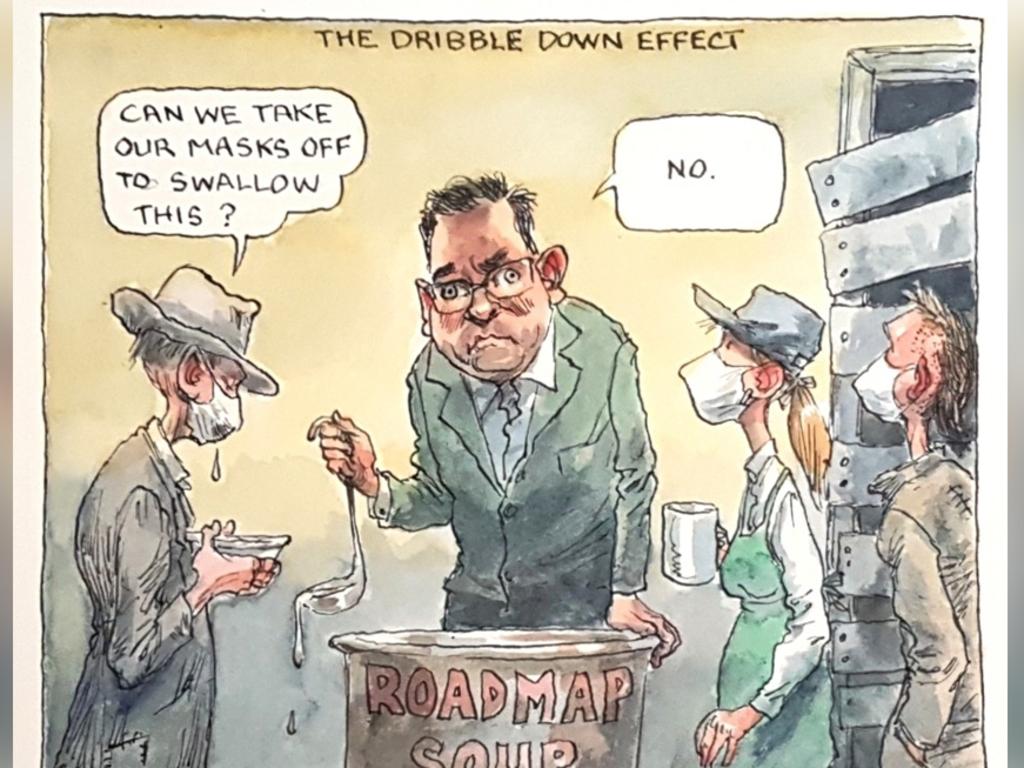
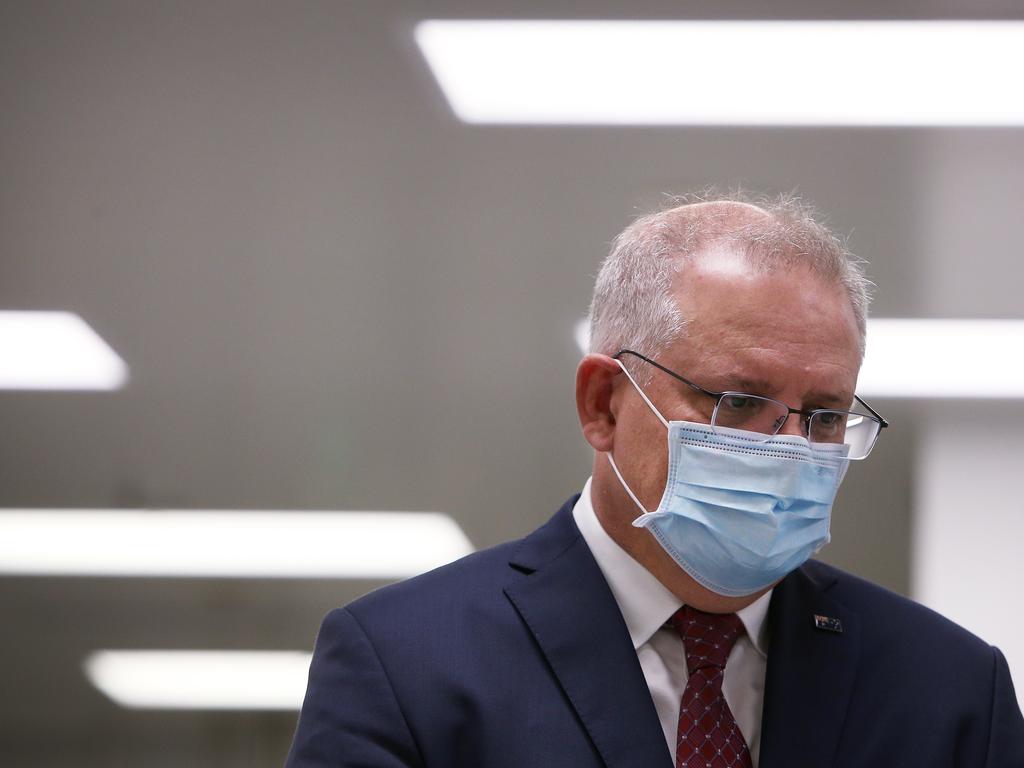
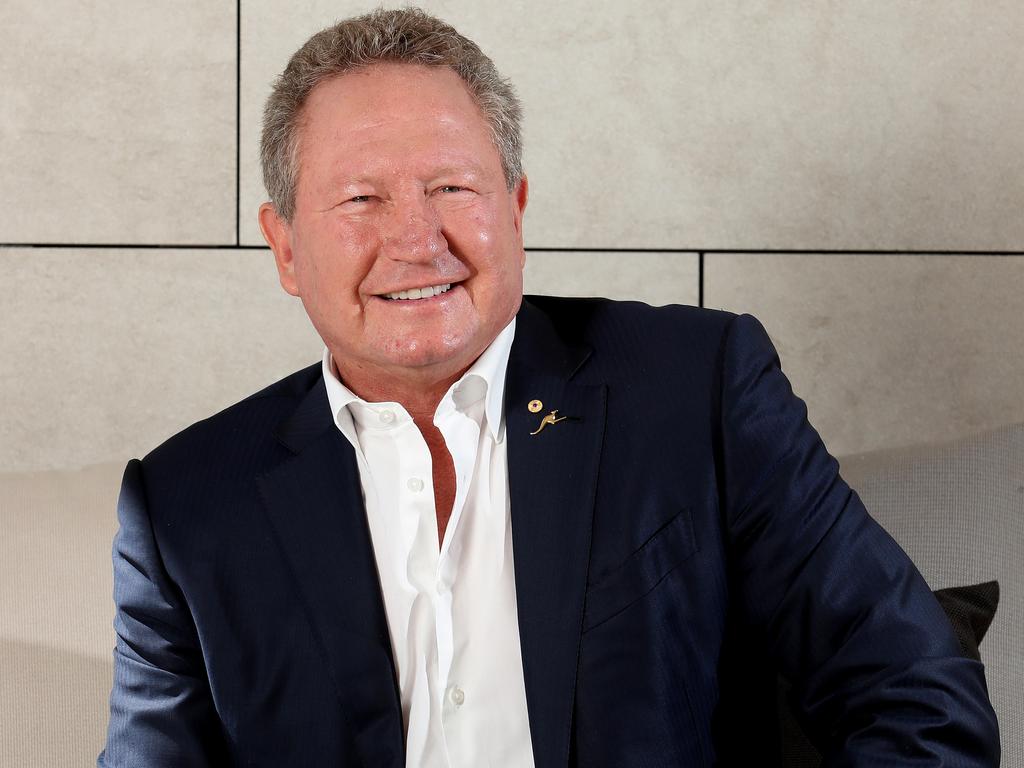
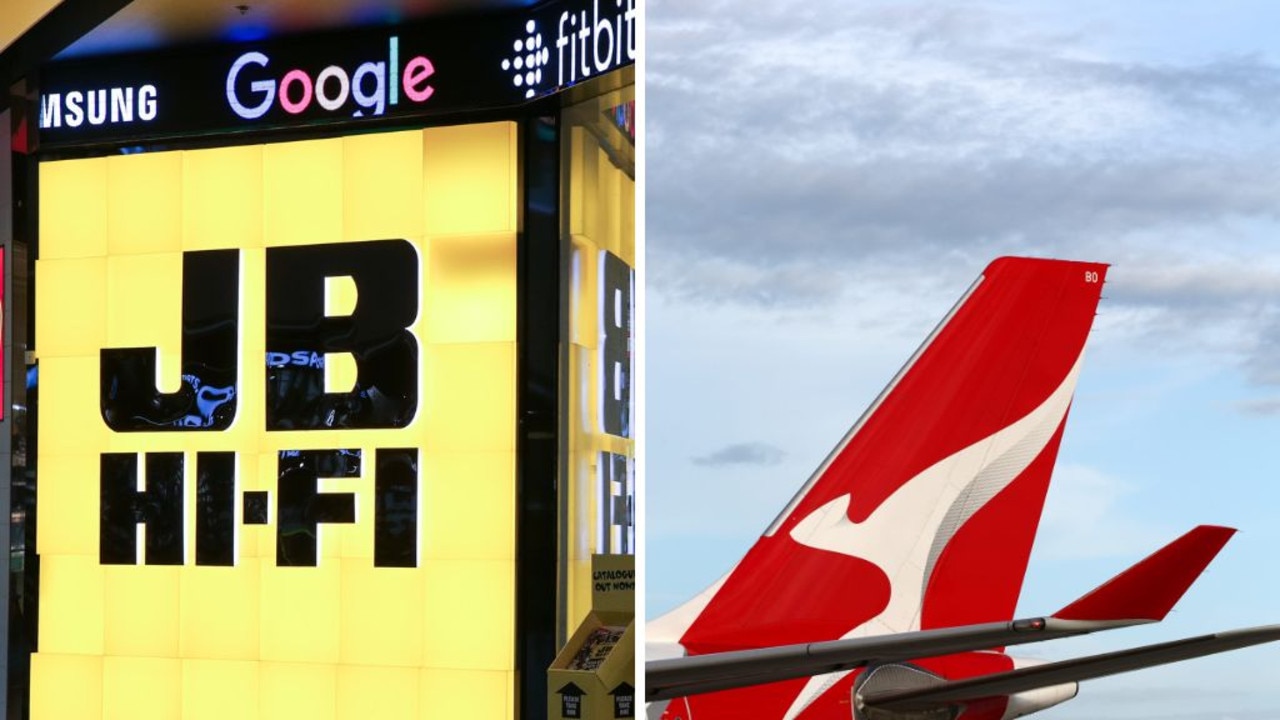
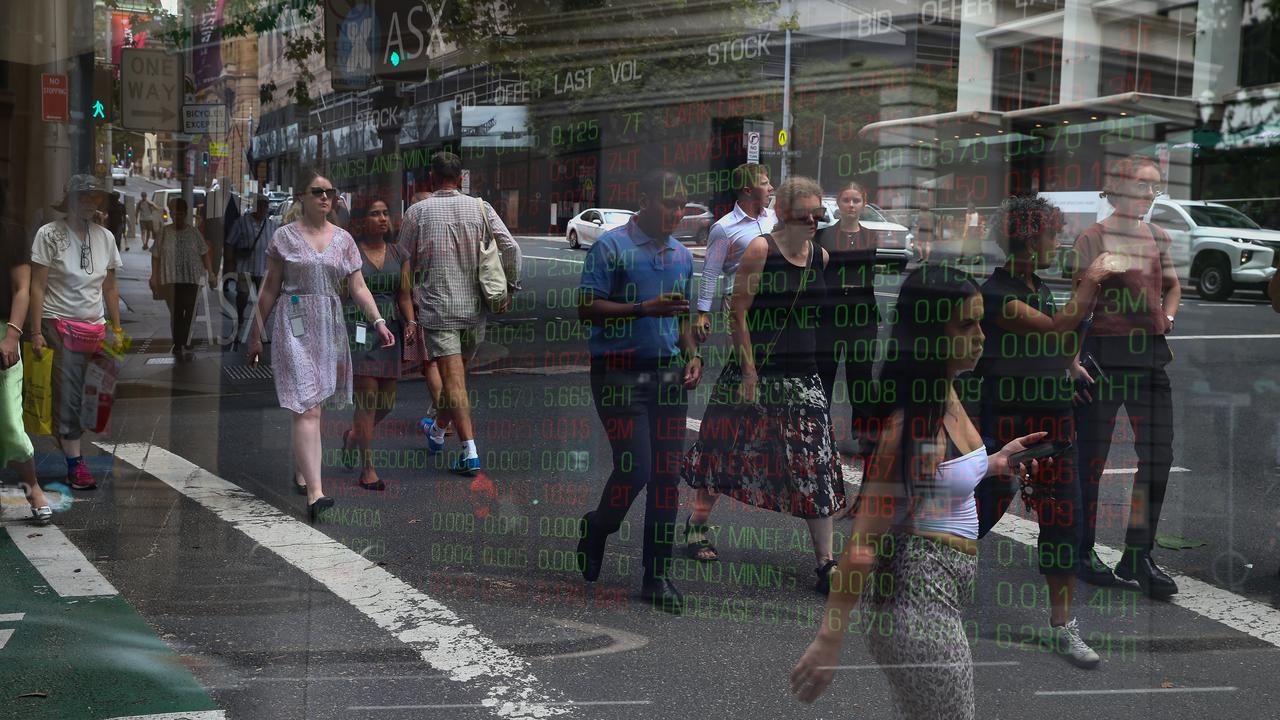
To join the conversation, please log in. Don't have an account? Register
Join the conversation, you are commenting as Logout